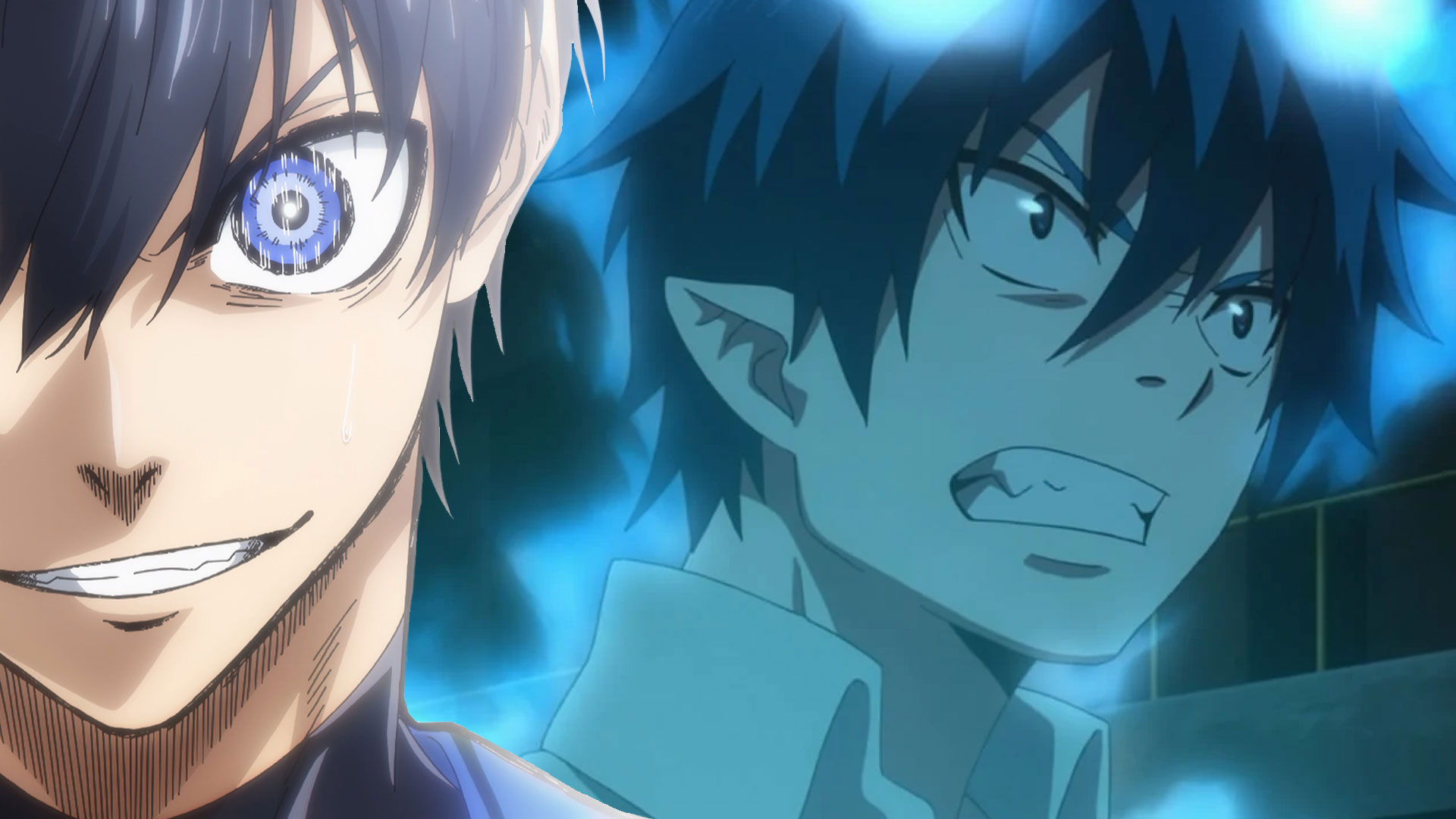Blue can be different.
The Japanese language puts a different emphasis on the word "blue" — ao — on top of it signifying a specific color. In English "blue" is usually associated with sadness and moodiness, while in Japanese it means youth, that turbulent time when you are at the crossroads of your life, choosing what to do next, who to become. This is probably one of the reasons why a lot of anime and manga, especially with the young protagonists, feature the word "blue" in their titles. We decided to compile a list of some notable blue works across different genres.
Blue Exorcist (manga, anime)
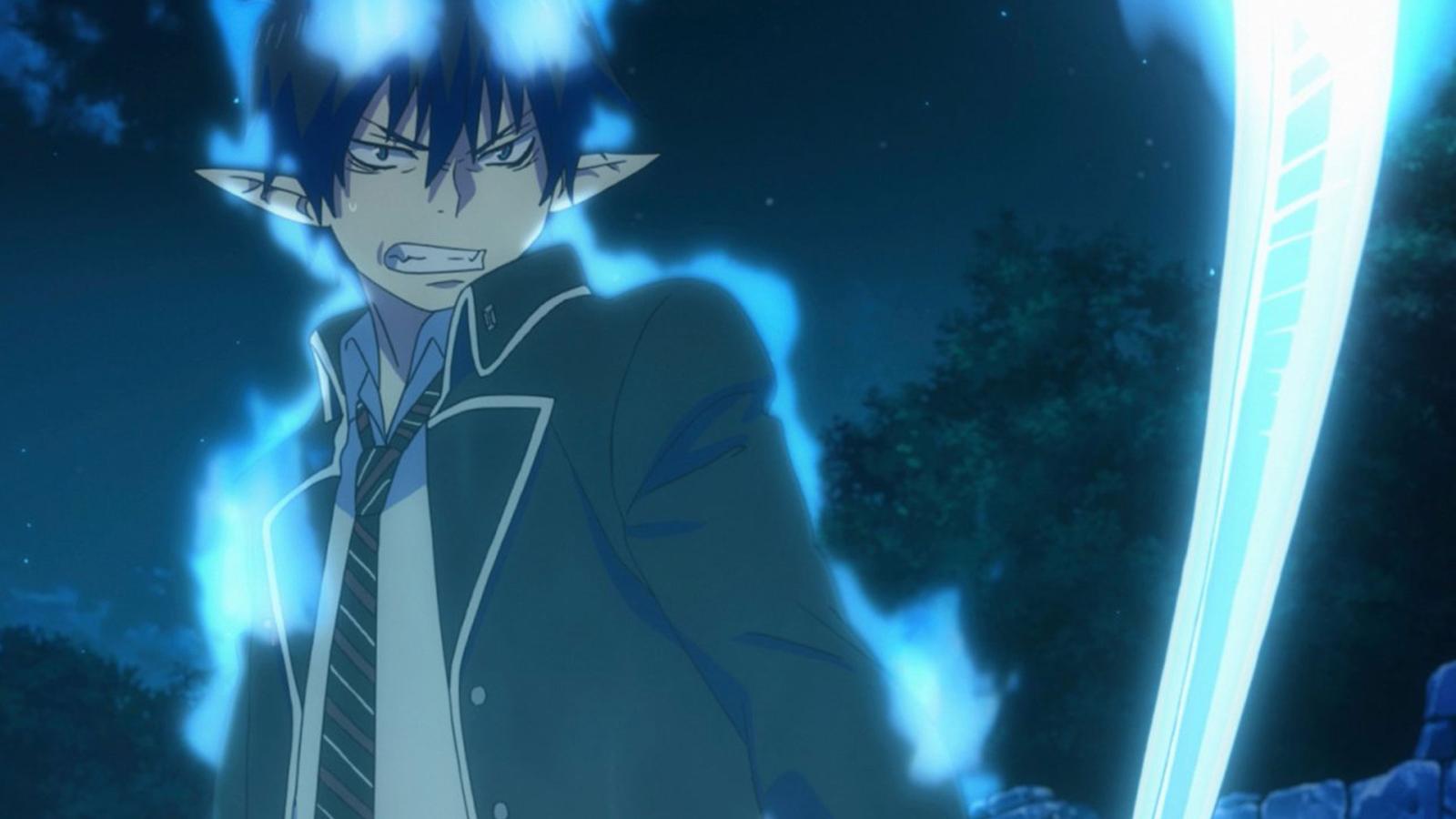
A tried-and-true magical realism shonen series, Blue Exorcist follows the story of a half-demon boy who doesn't like it and decides to fight demons, so he joins a boarding school that teaches kids how to do that. The anime adaptation of this manga has been a bit rough, with the first season that featured a lot of fillers and original content airing in 2011 and the second following only in 2017, with a movie released sometime in between. Now we're on the verge of getting a third season, so it's a nice moment to remember that this series exists.
Blue Lock (manga, anime)
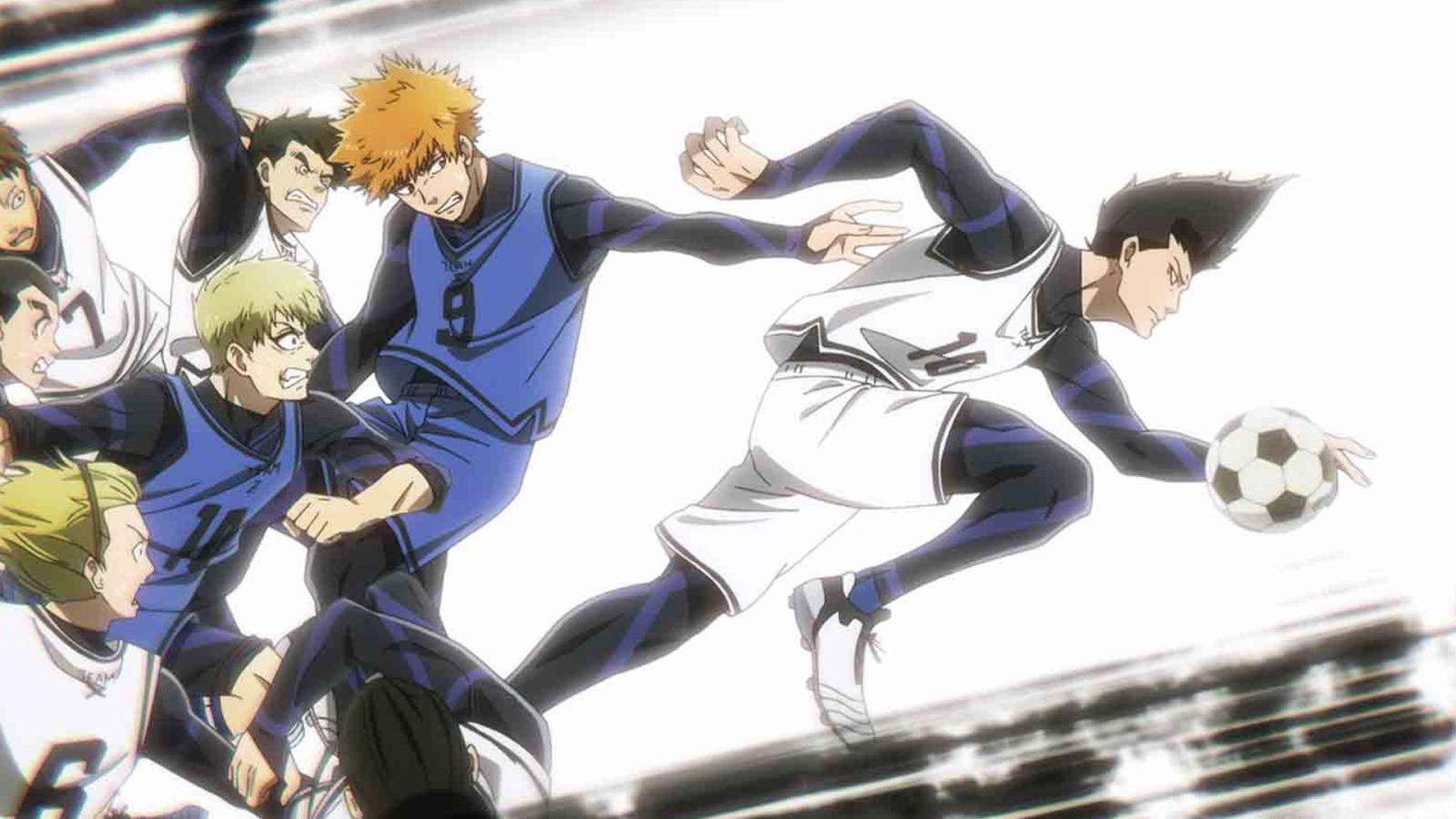
One of the most unusual sports stories, Blue Lock is not forcing the topics of teamwork, acceptance, and support — no: this one mostly plays into rivalry, into spite, into unhealthy competitiveness. Japan wants to win in soccer, and one very eccentric coach decides to do some sort of a battle royale for strikers: he got 300 talented strikers, locked them in a prison-like facility, and told them that the best one will get a spot in the national team. Those who fail will be forever banned from getting into the team, so the stakes are pretty high. Hence the spike in selfishness and egoism instead of friendship. And that makes characters interesting and multifaceted.
Blue Period (manga, anime)
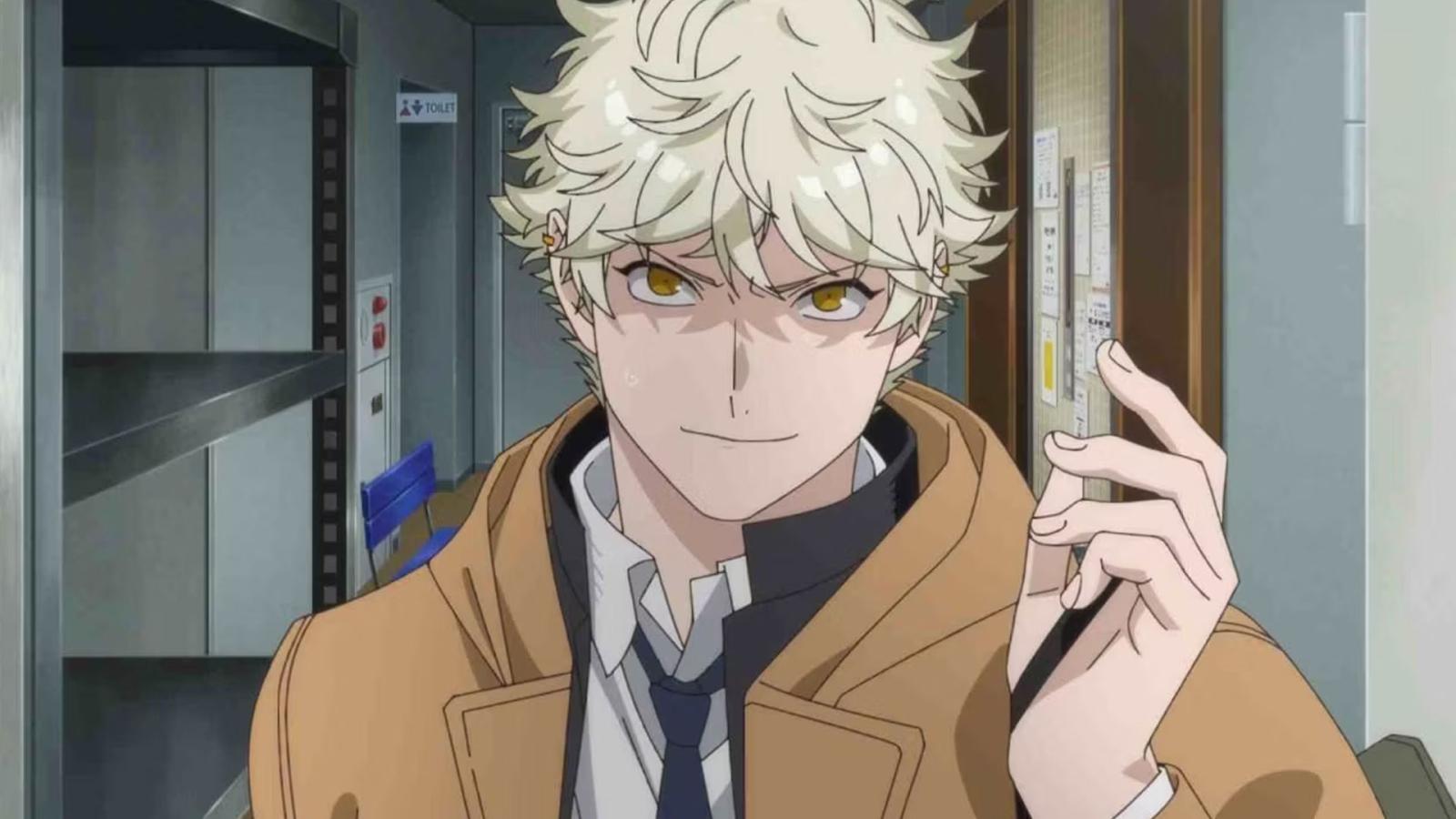
This is a story of finding who you are, what you want to do with your life, and even if it seems that you were a little bit late at figuring it out, you can still try your best to achieve that. You have to try your best, otherwise, you will disappoint a lot of people, including yourself. You need to achieve that, otherwise, you will stop trusting yourself. You need to achieve that to gain some inner peace, to calm the inner turmoil that has been vibrating inside of you, fed with idleness and, probably, fear of the unknown future. This story is told from the perspective of a person who discovered art and painting and fell in love with that — and does his best to achieve his goals together with similarly minded people.
Ao Haru Ride (manga, anime)
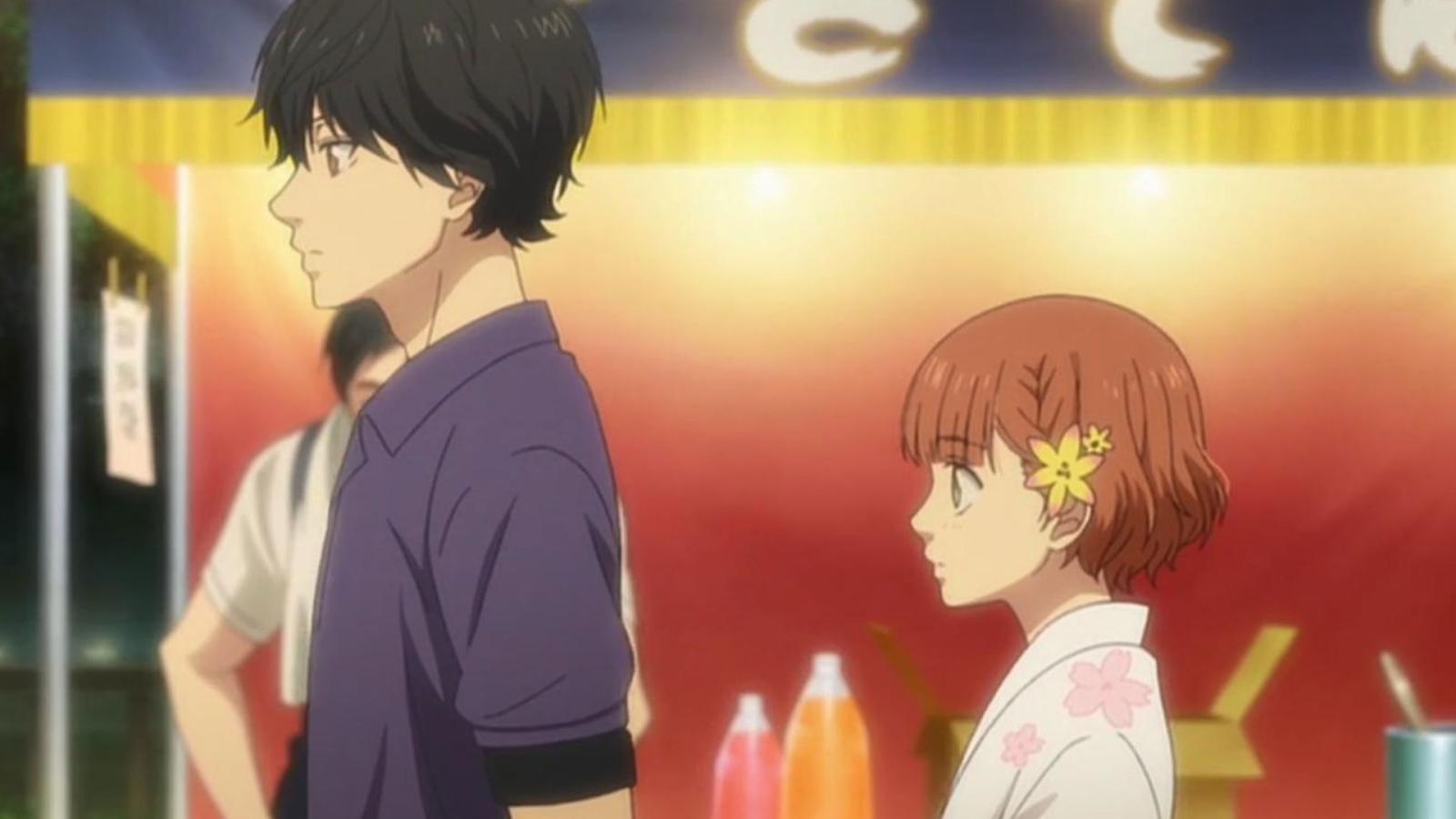
Futaba was quite popular in middle school — among boys, that is, but that made her an outcast among girls, who hated her for being an unfair competition. So in high school, she decided to fix that by becoming more boyish and unattractive to boys. Yet she's not the only one who’s changed: her childhood love, Kou, who suddenly disappeared and then suddenly reappeared, also isn't a sunshine boy anymore but a coldhearted pessimist. But she likes him enough to pursue him even in this state. This story has a very realistic portrayal of the romantic development and some moments that make you stop reading for a while and reassess your life.
Blue Giant (manga, anime movie)
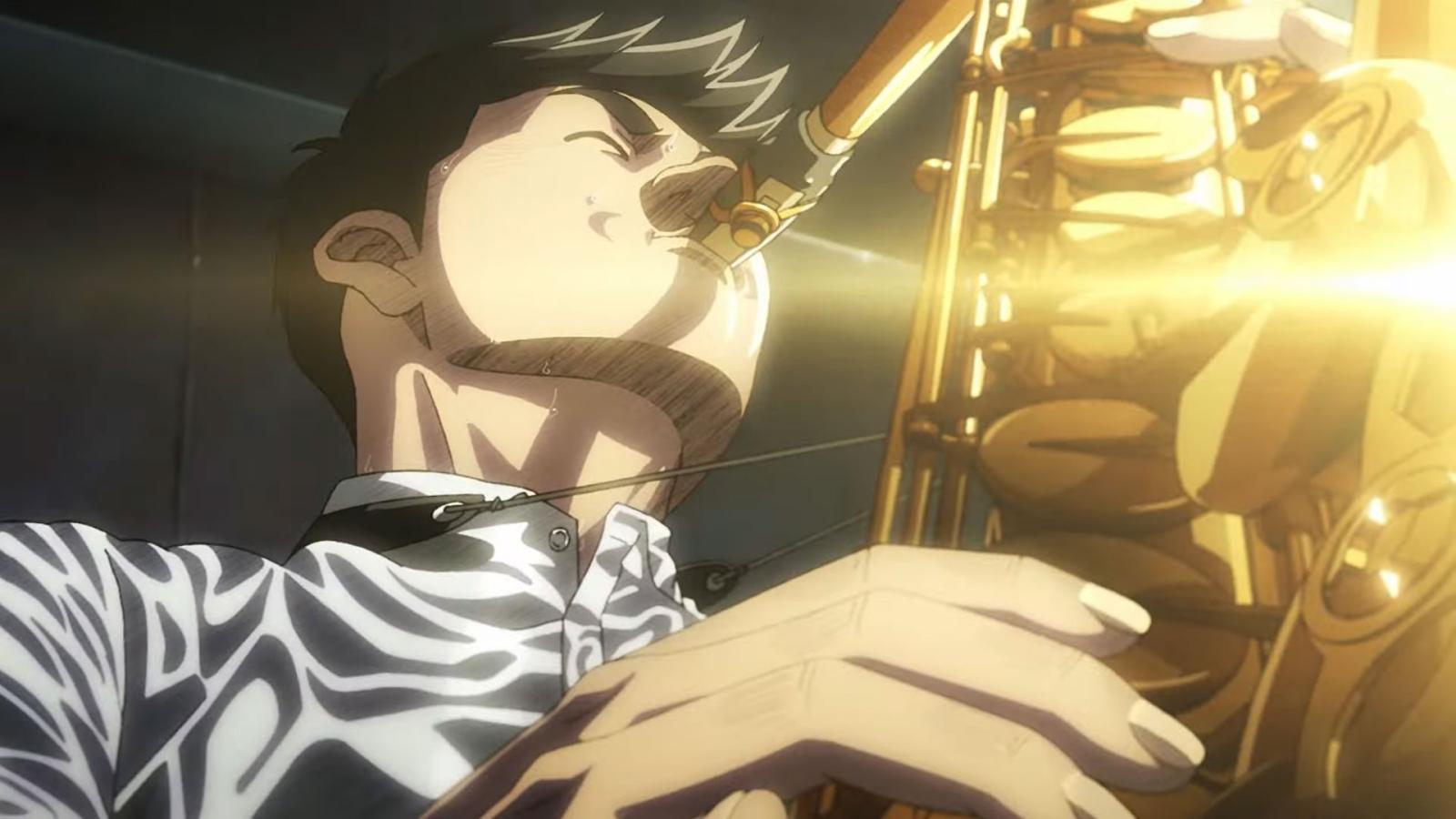
Despite the word "blue" in the name, this story is not about blues but about jazz. Miyamoto Dai loves playing saxophone — it's his life, his passion, his oxygen, and he strives to become the world's best saxophonist. The way he works towards his goal is sometimes reckless and naive, but he does his best, and he fails, but he picks himself up, he goes forward, driven by his love for jazz, by this untameable fire in his heart. Maybe this story is what you need to remind you not to give up and to go for your dream. Also, the way the manga depicts the whole jazz performance is insane: it's hard to translate music into drawing, but Blue Giant more than succeeds.
Aoi Bungaku (anime)
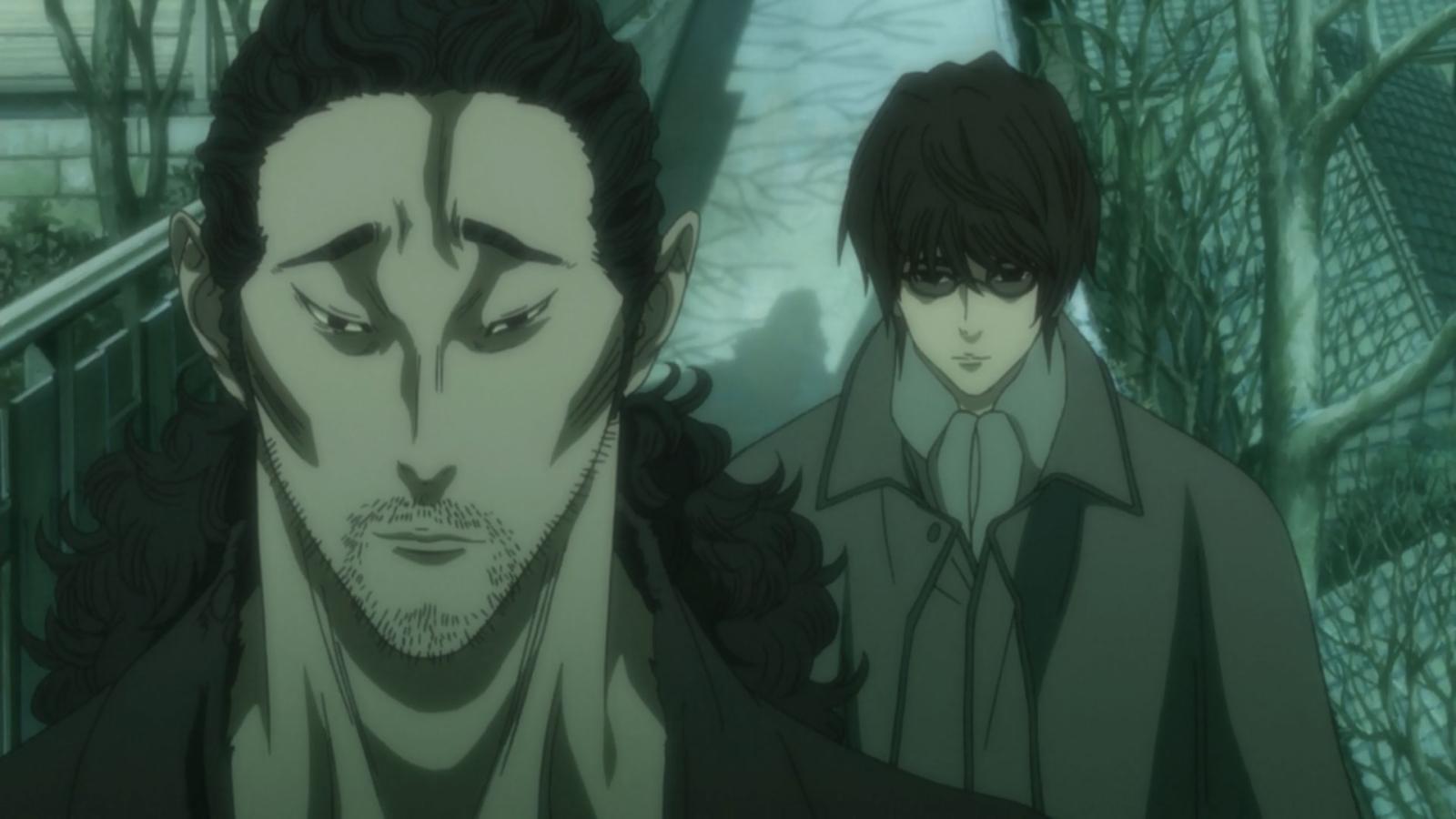
Those of you who watched Bungo Stray Dogs may recognize some names here. That's right: the stories in this anime anthology are based on books by famous Japanese writers whose works are now considered literature classics. These works are quite heavy in terms of topics they cover, and this 12-episode series covering six different books has an R18 rating for a reason. The characters have suffered a lot here, their mental state is in shambles, and the series allows you to dive deep into their tortured minds, whether you like it or not, and you'll be riding a real rollercoaster of emotions.
Grand Blue (manga, anime)
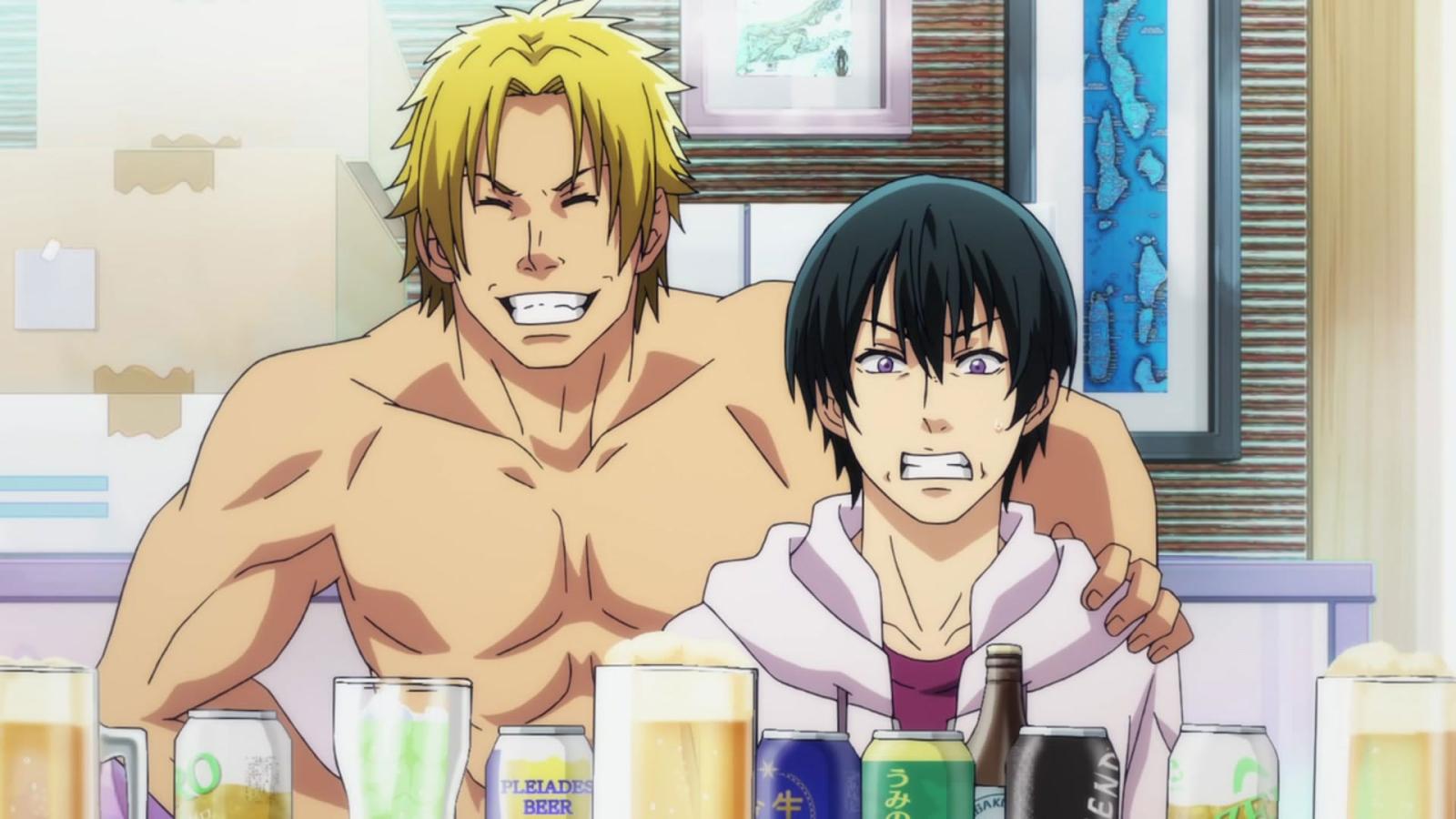
This one is for those who already miss summer, or just want to see other people enjoying the beauty of the sea. It's a carefree comedy manga about a diving club and its members just having a lot of fun in the water. The characters are college students, so expect a lot of drinking as part of their recreational activities and a bit of adult humor with adult problems that is quite self-aware. This slice-of-life story mostly focuses on the daily adventures of those who ended up living by the sea and get to enjoy it quite regularly. Please don't be jealous.
Aoi Hana (manga, anime)
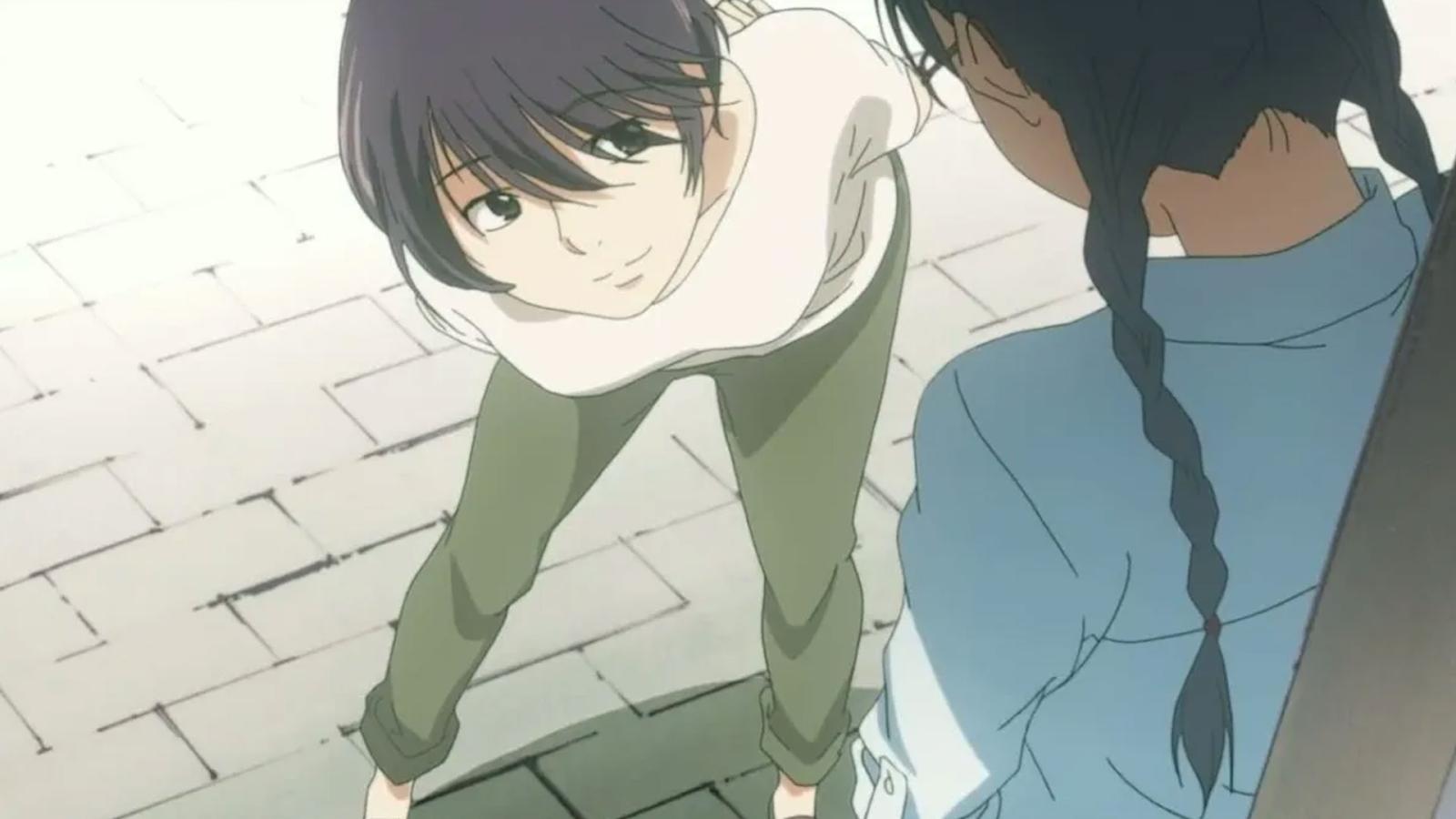
A very unconventional high school yuri series, Aoi Hana doesn't feature much fanservice, perfectly carved faces, or crass comedy; it's quite the opposite. It's more like an introspective story of a group of girls who go through the experience of a first love and try to understand themselves. It's a soft and delicate coming-of-age series, more down-to-earth than a lot of romantic shows with a sparkle of comedy, slice-of-life, and non-yuri romance, and the sensitive topics are handled in a very tasteful way.

